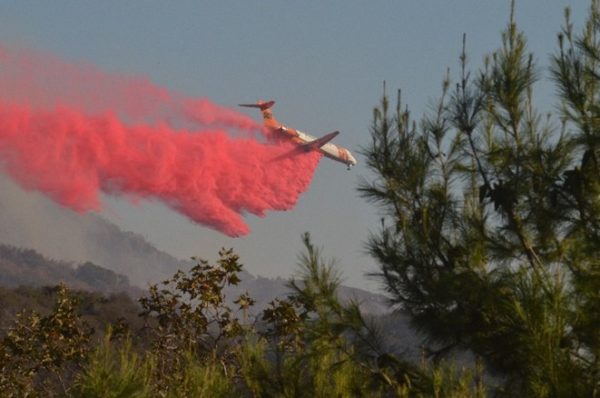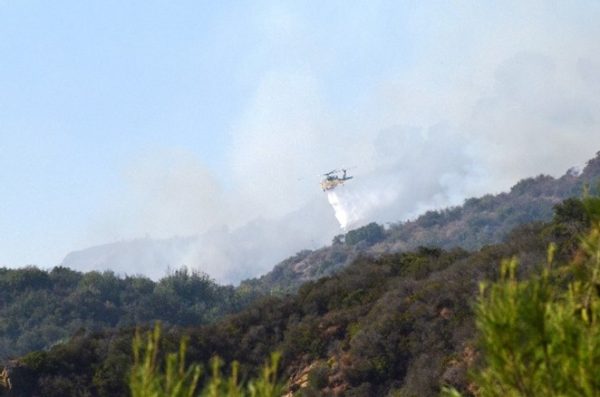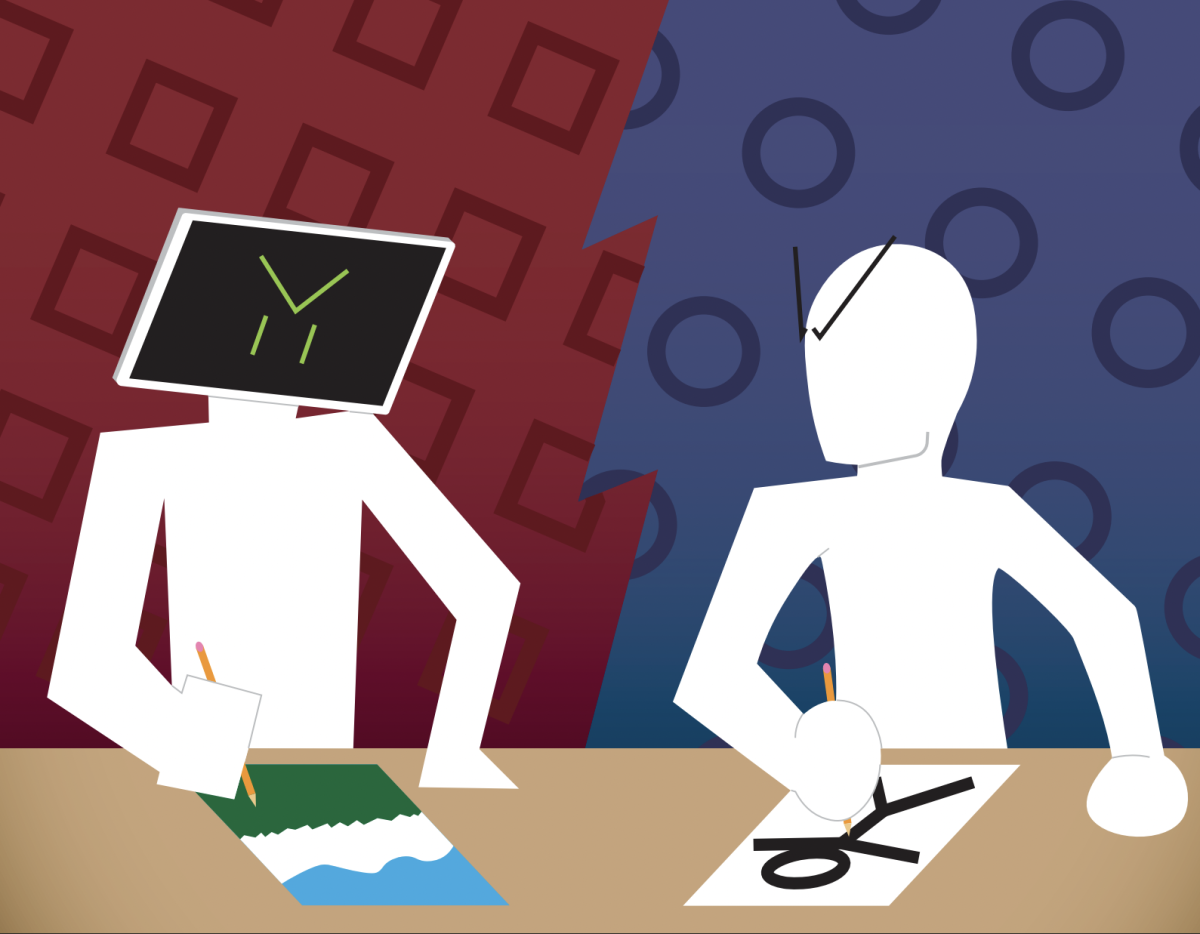
In January 2025, California had a series of wildfires, with the Palisades and Eaton fires
causing (need a word) across the Los Angeles area. The Palisades Fire alone burned
approximately 23,700 acres, leaving entire neighborhoods in ruins. At least 6,800 structures
were burned to ash, and 12 lives were lost in the chaos. Meanwhile, the Eaton Fire tore through
14,000 acres, destroying an estimated 9,400 structures and causing 17 deaths. With high wind
speed, the flames rapidly moved, and thick smoke clouded loom over the city’s, over 200,000
residents were forced to evacuate, many leaving behind everything they had ever known,
unsure if they would have anything to return to.
causing (need a word) across the Los Angeles area. The Palisades Fire alone burned
approximately 23,700 acres, leaving entire neighborhoods in ruins. At least 6,800 structures
were burned to ash, and 12 lives were lost in the chaos. Meanwhile, the Eaton Fire tore through
14,000 acres, destroying an estimated 9,400 structures and causing 17 deaths. With high wind
speed, the flames rapidly moved, and thick smoke clouded loom over the city’s, over 200,000
residents were forced to evacuate, many leaving behind everything they had ever known,
unsure if they would have anything to return to.

Now, in the aftermath, the damage left by these fires runs deep. Communities that once
stood strong have been scattered, homes have been erased, and the emotional toll is just as
devastating as the physical destruction. A recent survey shows that 23% of Los Angeles County
residents are considering leaving the area entirely, no longer able to see a future where they
once felt secure. Meanwhile, 36% of residents have little to no confidence in leadership’s ability
to guide recovery efforts. Many feelings are abandoned as they struggle to navigate what
comes next. And as if the destruction of the fires wasn’t enough, an atmospheric river event is
now sweeping across California, bringing heavy rainfall that will flood the very areas that were
just burned, setting the stage for mudslides and even more displacement.
For me, this disaster is more than just stats and news reports. It’s personal. So much of
my childhood, my community, the places I grew up in are gone. Entire streets are
unrecognizable, reduced to nothing but burned-out frames and rubble. Many people don’t
know what to do next. The cost of rebuilding is astronomical, and renting isn’t much better,
with prices skyrocketing to nearly $30,000 a month in some areas. Insurance companies,
already stretched thin, are failing to provide relief. People who thought they had security are
now being told they’re on their own. State Farm alone dropped coverage for over 1,600
families after the fires, leaving them stranded without financial aid or even a clear path
just burned, setting the stage for mudslides and even more displacement.
For me, this disaster is more than just stats and news reports. It’s personal. So much of
my childhood, my community, the places I grew up in are gone. Entire streets are
unrecognizable, reduced to nothing but burned-out frames and rubble. Many people don’t
know what to do next. The cost of rebuilding is astronomical, and renting isn’t much better,
with prices skyrocketing to nearly $30,000 a month in some areas. Insurance companies,
already stretched thin, are failing to provide relief. People who thought they had security are
now being told they’re on their own. State Farm alone dropped coverage for over 1,600
families after the fires, leaving them stranded without financial aid or even a clear path
forward. The future is uncertain. The fires may be out, but for many of us, the disaster is far
from over.
from over.





